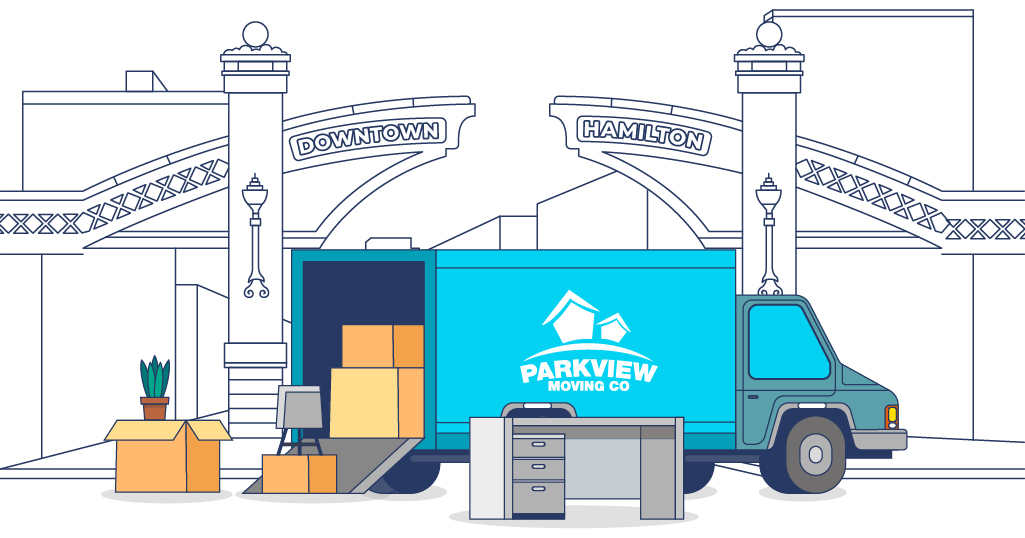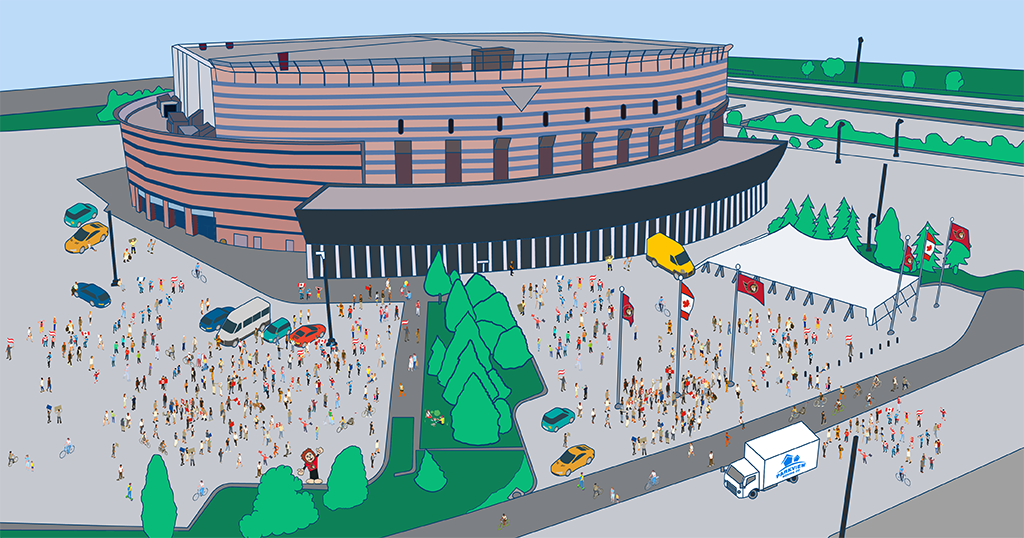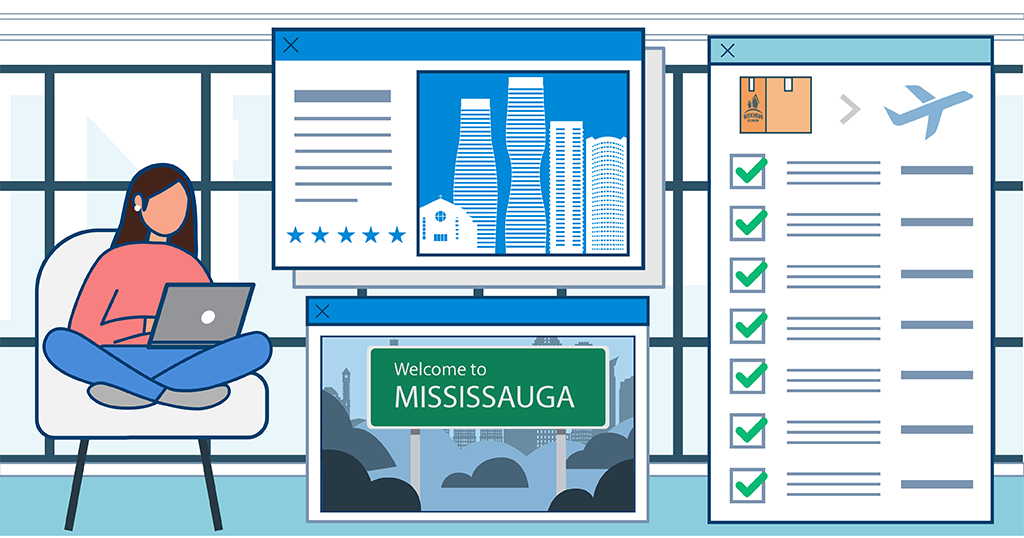How to pack clothes when moving can be one of the more challenging tasks. Clothing takes up a lot of space and, therefore, a lot of boxes. When you factor in bulky winter sweaters, coats, and your favourite denim and t-shirts and multiply that by the number of people moving, it can quickly get overwhelming.
But you don’t have to settle for shoving clothes into boxes or even transferring folded clothes from the drawer to the box. Learn how to pack clothes when moving the right way. Approach packing clothes as a strategy to help you save time, space, and money. Save yourself one headache in the moving process.
Start by Decluttering
You’d be surprised how many clothes you accumulate over the years. Before blindly packing all your clothes, take some time to declutter your collection. Go through your closet and drawers to find clothes you no longer wear, like, or fit. Once identified, you can denote or sell them. You may think that you’ll wear something in the future now that you’ve remembered it. But there’s a good chance that once you’ve moved into your new space, you’ll forget about the clothing and leave them to hang in your closet or sit in your drawer. Consider decluttering the rest of the house to make the whole moving process easier. Doing the decluttering before packing will save you space in moving boxes and space in your closet and drawers when you unpack. You’ll also appreciate having less to unpack and put away once you get into your new home.
Do Your Laundry
Now that you have the clothes you want to take to your new home, it’s a good idea to tackle any dirty clothes you might have. Moving and unpacking can be physically tiring and the last thing you’ll want to do is have to do laundry immediately after getting to your new place. Plus, sealing stained or smelling clothes into a box for days is only going to make bad stains and bad smells even worse. Do all of your laundry a few days before tackling any kind of packing. Pulling out fresh clothes from your moving boxes will be a much more pleasant experience. Plus you’ll be able to put them right into the drawer or closet rather than having to do another chore after already unpacking.
Separate by Season
Take some time to separate your clothing by season before you start packing. It’s a good chance that you’ll pack and unpack within one season, so you can pack away out-of-season items. This can also keep you more organized when you unpack. This is especially true for bulky and heavy items like sweaters and jackets that can take up a lot of room when packing. And lighter clothing won’t get lost in the shuffle when they’re kept together. Separating by season is also a good idea because it can take time to finish unpacking completely. If you move during the summer and know all your summer clothes are in one box, you can prioritize those clothes and unpack those boxes. A little separation won’t make you feel rushed and like you have to unpack everything all at once.
Use Compression Bags
Heavy and bulky items can take up a lot of room in moving boxes. Because they’re thicker, it takes less of them to fill up a box. So, with these bulky items, use compression bags to help you save space. Add sweaters, jackets, and other heavy items to vacuum bags. Once they’re inside, zip up the bag, use a vacuum to suck out the excess air, and compress the bulky items into slimmer packages. Then you can pack the compression bags into one box, allowing you to pack more sweaters and jackets in fewer boxes. Once you open up the bags, the items will just need to be fluffed out a bit. Use these bags not just for clothes, but also for large or soft items like pillows or comforters that could take up a lot of space when moving.
Space-Saving Folding
The goal of folding when packing clothes is to save space and minimize the number of boxes without overstuffing them. Try packing tips aimed at saving space in each of your boxes. You can use the classic flat fold for shirts and pants. Lay a shirt flat, fold the sleeves toward the middle, then fold the bottom of the shirt up. For pants, fold down the middle by placing one leg over the other, then fold the legs into thirds. Or try a military rolling method. Lie a shirt flat, fold it in half, roll it from the top to the bottom, and tuck it into the bottom hem. Many people prefer this method because it’s a great space saver.
Opt for Wardrobe Boxes
For items that can’t be folded, wardrobe boxes are a great option. Wardrobe boxes allow clothing to hang, so they can be great for clothes that crease or wrinkle easily. Wardrobe boxes can also be a great option to pack a lot of clothes quickly and efficiently. If you’re short on time, you can use wardrobe boxes to transfer clothes from the clothing rack right into the box. However, wardrobe boxes can be more expensive than standard moving boxes, so they’re not a great option if you’re wanting to save money on your move. They can also be quite large without holding as many clothes as simply folding clothes into a box. Wardrobe boxes make the most sense for clothing that’s delicate rather than your everyday wear. Your t-shirts, jeans, and other casual clothes can be folded rather than hung.
Pack Shoes and Accessories in Separate Boxes
Putting your shoes in with your clothes can cause damage like rips or creases to the fabric. To prevent this and protect your garments, pack shoes in a separate box. You can look for shoe dividers to keep them secure, then pack the dividers into a box. Use shoe forms, socks, or tissue paper in your shoes to help them keep their shape. Similarly, you don’t want to pack accessories or jewelry in the same boxes as your shoes or clothes. They can get tangled or even broken when unsecured in a large space. If you have a jewelry box or organizer, pack your jewelry in that, then pack those into a larger box. And if you have expensive or important jewelry, it may be better to take it with you in carry-ons rather than packed up with the rest of your clothing.
Consider Weight When Packing Boxes
Part of the strategy of packing clothing includes knowing what to pack together. Clothes can be unexpectedly heavy when put together. It’s a good idea to separate heavier items across multiple boxes rather than put heavy items all in one box. So while you may try to have fewer boxes by packing more things in larger boxes, that can lead to heavy boxes that might be heavy to lift or even break. It’s better to use multiple small or medium boxes so they’re easier to lift and don’t break. In each box, create a sturdy base with your heavier items. Pack jeans, jackets, and sweaters first. Then on top, pack light items like shirts, underwear, or socks. This will make all your boxes easier to carry and protect the integrity of the boxes.
Pack a Separate Suitcase for Moving Day
Don’t pack all the clothes you own away. Set aside enough clothes, underwear, shoes, pajamas, and other necessities to cover a few days after moving into your new place. After carrying boxes, organizing which room they go in, and setting up necessary furniture, the last thing you’re going to want to do is to unpack your entire closet to find the clothes you need to wear. Leaving a few days’ worth of clothes out will give you some buffer time to tackle other moving tasks and still change into clean clothes. Pack them in a suitcase or duffel bag that you take with you in the car rather than pack them with your boxes. Be sure to consider what you’ll need in the few days after you move, whether that’s work clothes, school uniforms, gym clothes, or clothes to relax and unpack while wearing.
How to Pack Clothes When Moving the Right Way
Whether you’re a single person moving to your first apartment or moving an entire household, the process of moving can be incredibly challenging. It takes a lot of time, energy, and planning a few weeks in advance. But you can make it easier with the right strategy. If you learn how to pack clothes when moving the right way, it can make the moving process move much smoother. With the right material and the right technique, packing up your closets can be a breeze. Hiring professionals can also make your move easier on you. If you’re ready to make a move, contact Parkview Moving Co. for a free estimate on your move!






